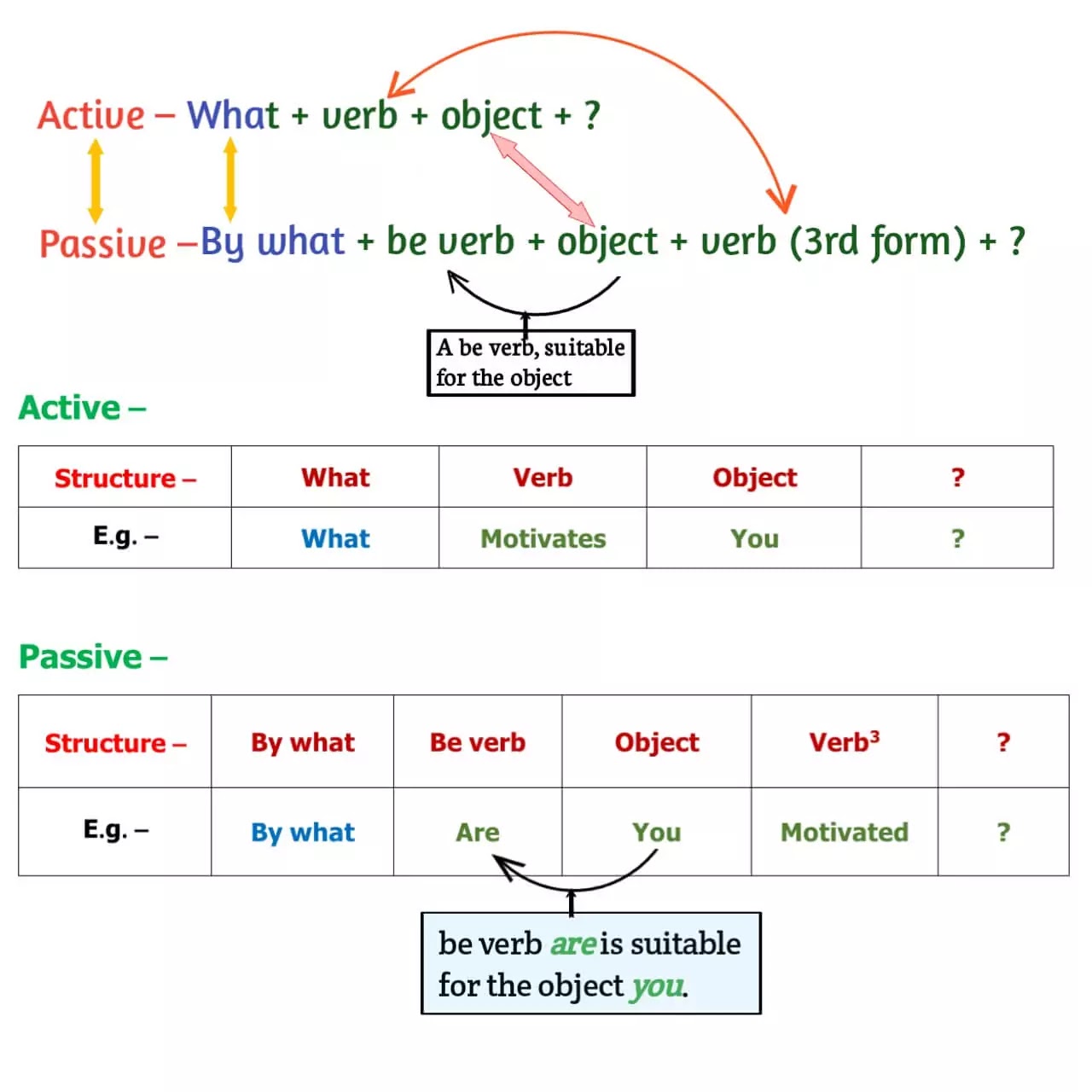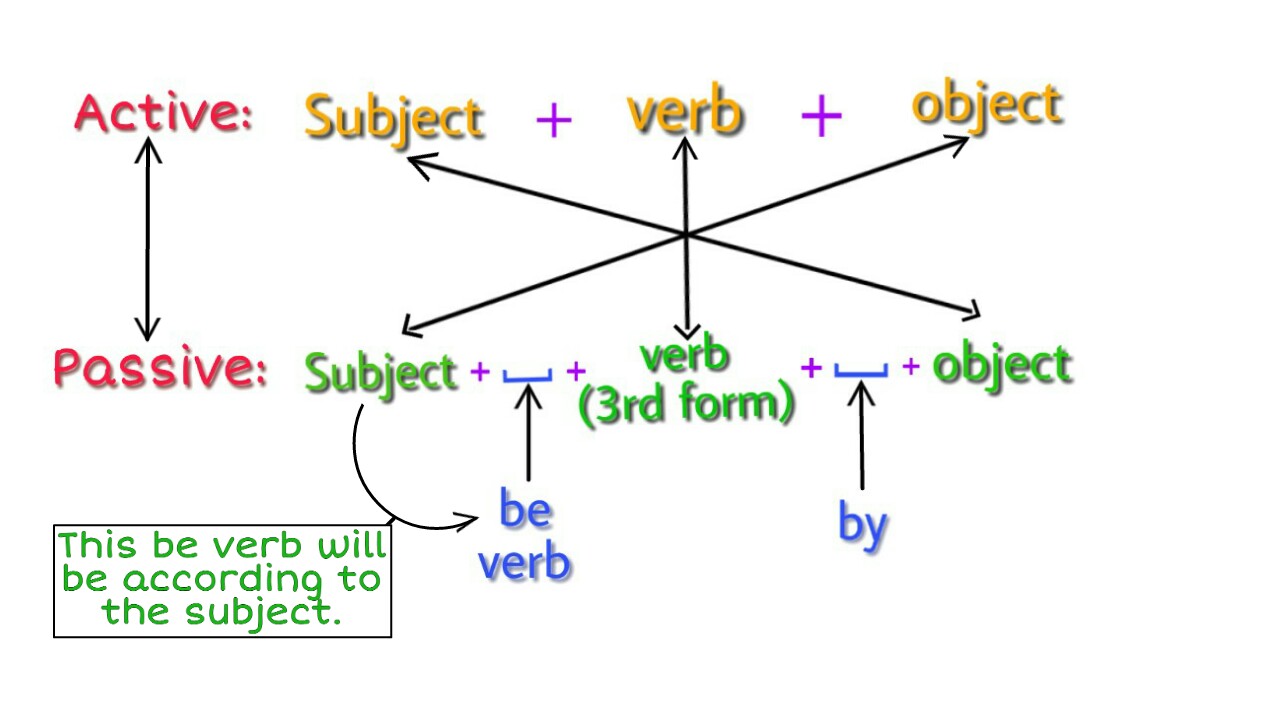Mastering Voice Change in English Grammar

Ever wondered how to effortlessly switch between active and passive voice in your writing? A solid understanding of voice change grammar rules can significantly elevate your writing, making it more engaging and impactful. This guide dives into the intricacies of shifting between active and passive voice, providing clear explanations and practical examples to help you master this essential skill.
Voice, in grammar, refers to the relationship between the verb and the subject of a sentence. Active voice emphasizes the subject performing the action, while passive voice highlights the action being done to the subject. Transforming a sentence from one voice to another involves restructuring its elements, impacting the overall emphasis and clarity of the message.
The concept of voice in grammar dates back centuries, evolving alongside the development of language itself. Historically, certain writing styles preferred one voice over the other. For instance, scientific writing traditionally favored passive voice for its perceived objectivity. However, modern writing emphasizes clarity and conciseness, often favoring active voice for its directness and impact.
Understanding voice change is crucial for effective communication. It allows writers to control the emphasis and flow of their sentences, shaping the reader's understanding and engagement. One of the main issues surrounding voice change is its potential for misuse. Overusing passive voice can lead to weak and convoluted sentences, while incorrectly applying active voice can sound abrupt or insensitive.
To illustrate, consider the sentence: "The dog chased the ball." This is an example of active voice, with "dog" as the subject performing the action of chasing. Converting this to passive voice, we get: "The ball was chased by the dog." Here, "ball" becomes the subject, and the focus shifts to the action being done to it. Notice the change in sentence structure and the addition of the auxiliary verb "was" and the preposition "by."
One benefit of mastering voice change is achieving clarity. Active voice is often more direct and easier to understand, particularly in complex sentences. Another benefit is enhancing emphasis. By choosing the appropriate voice, you can strategically emphasize the desired element of the sentence. Finally, voice change allows for stylistic variation, preventing monotonous writing and keeping the reader engaged.
Creating an action plan for mastering voice change involves practice and conscious application. Start by identifying the voice used in existing sentences. Then, practice transforming them between active and passive voice. Analyze the impact of these changes on the meaning and emphasis. Regular practice and careful observation will significantly improve your understanding and application of these rules.
Here are five best practices: 1) Prioritize active voice for clarity. 2) Use passive voice when the action is more important than the actor. 3) Avoid overly complex passive constructions. 4) Ensure smooth transitions between active and passive voice. 5) Review and revise your writing to optimize voice usage.
Consider these challenges: 1) Overuse of passive voice. Solution: Consciously choose active voice when appropriate. 2) Difficulty identifying the subject and object. Solution: Analyze the sentence structure carefully. 3) Incorrect verb conjugation in passive voice. Solution: Review passive voice formation rules. 4) Awkward sentence structure after voice change. Solution: Rewrite the sentence for clarity and flow. 5) Confusion about when to use each voice. Solution: Practice identifying the most effective voice for different contexts.
Advantages and Disadvantages of Using Passive Voice
| Advantages | Disadvantages |
|---|---|
| Emphasizes the action rather than the actor. | Can make sentences wordy and less direct. |
| Useful for objectivity in scientific writing. | Can obscure the actor when it is important. |
| Can create a more formal tone. | Can lead to weak and passive writing. |
Frequently Asked Questions:
1. What is the difference between active and passive voice? (Answered above)
2. When should I use passive voice? (When the action is more important than the actor or when the actor is unknown.)
3. How do I change a sentence from active to passive voice? (By making the object the subject, adding a form of "be" and the past participle of the main verb, and optionally including "by" + the original subject.)
4. How can I improve my use of voice change? (Through practice and careful attention to sentence structure and meaning.)
5. Is passive voice always bad? (No, it has its uses, but overuse can weaken writing.)
6. What are some common mistakes to avoid? (Overusing passive voice, incorrect verb conjugation, and awkward sentence structure.)
7. Are there any online resources for practicing voice change? (Yes, many grammar websites offer exercises and explanations.)
8. How does voice change affect the clarity of my writing? (Appropriate voice change enhances clarity; misuse can hinder it.)
Tips and tricks: Read widely and observe how authors use voice in different contexts. Practice rewriting sentences in both active and passive voice. Focus on clarity and conciseness. Use online resources and grammar checkers to identify and correct errors.
Mastering voice change grammar rules is an essential skill for any writer. By understanding the nuances of active and passive voice, you can significantly enhance the clarity, emphasis, and impact of your writing. While active voice often provides directness and conciseness, passive voice serves specific purposes, such as emphasizing the action or maintaining objectivity. By actively practicing voice transformation and following best practices, you can avoid common pitfalls and elevate your writing to a new level. Take the time to review your work, identify areas for improvement, and strive for a balanced and effective use of both active and passive voices. This conscious effort will ultimately result in clearer, more engaging, and more impactful communication.
Unlocking your powerhouse finding your ideal feng shui house direction
Exploring jackson road a guide to ann arbors bustling corridor
Decoding behr downtown gray the versatile neutral










